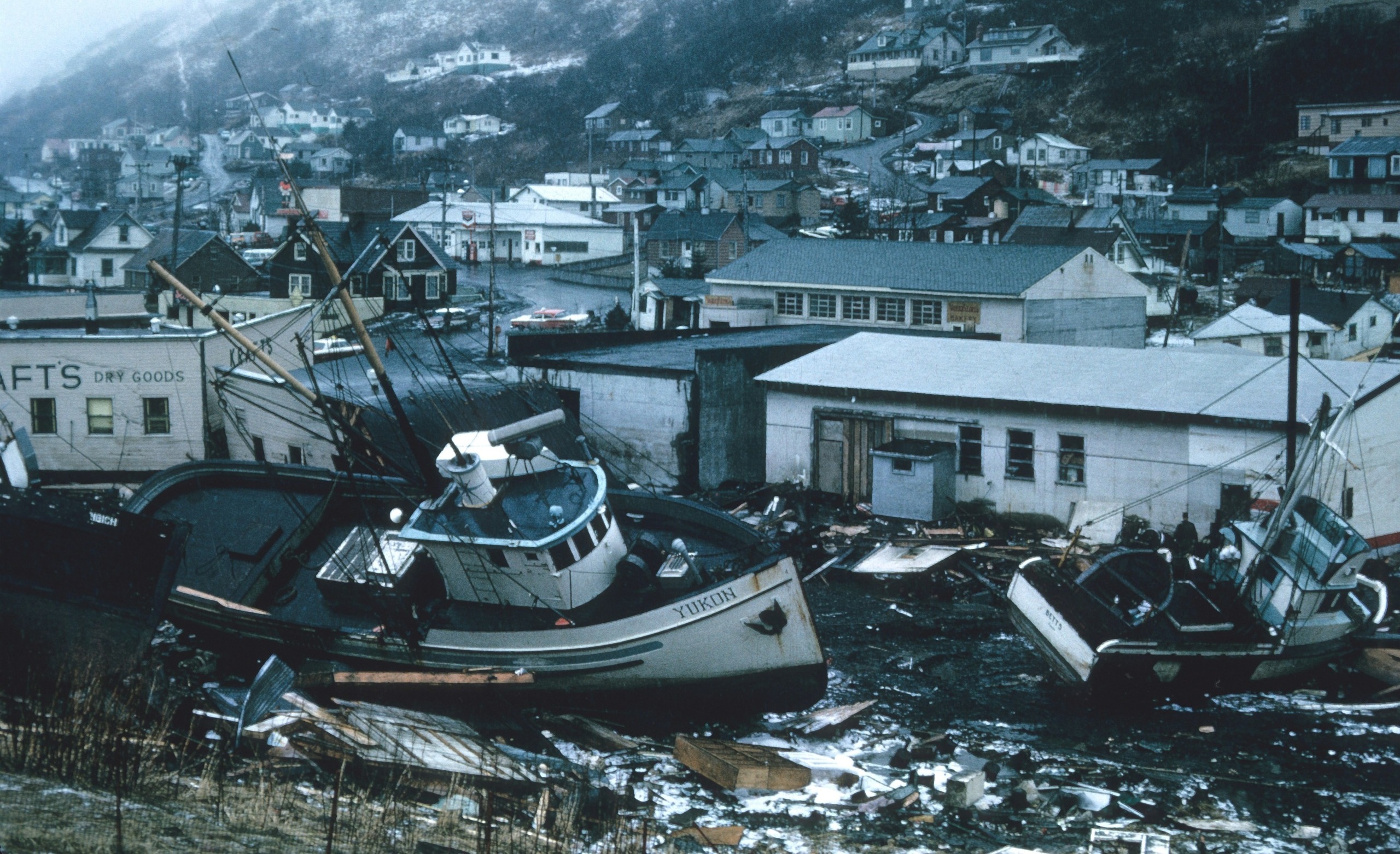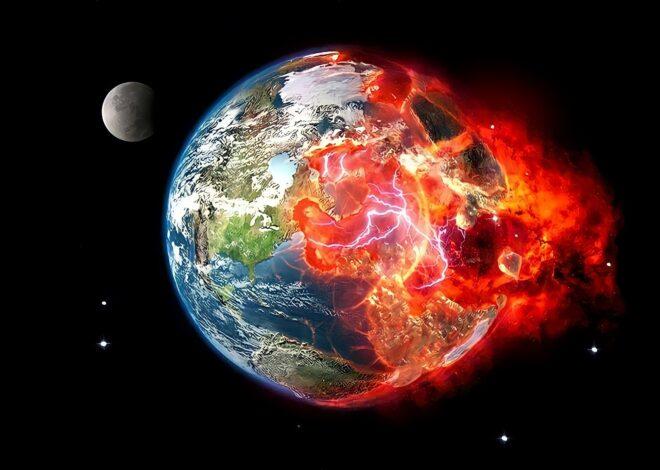
Can You Survive A Tsunami?
Can you survive a tsunami? Let’s explore what tsunamis are, how they form, and most importantly, how you can prepare yourself to face this formidable threat head-on.
Imagine being at the beach, enjoying the sun and the sound of crashing waves when suddenly, without warning, a massive wall of water approaches. This terrifying force is known as a tsunami – a natural disaster that can strike with incredible power and speed.
What is a Tsunami?
A tsunami is not just a large wave but a series of powerful ocean waves caused by the displacement of water. This displacement can be triggered by various events such as underwater earthquakes, volcanic eruptions, or even landslides into the sea. When these disturbances occur, they can set off a chain reaction that generates massive waves capable of traveling across entire oceans. Unlike regular waves that are driven by wind, tsunamis have immense energy and can reach heights of over 100 feet when they make landfall.
The word “tsunami” comes from Japanese words meaning “harbor wave,” reflecting how these surges often amplify in narrow coastal areas. The speed at which a tsunami travels depends on the depth of the ocean it’s crossing – in deep waters, it may move as fast as a jet plane! Tsunamis are relentless forces of nature that demand respect and preparation to minimize their devastating impact on coastal communities.
Causes of Tsunamis
Tsunamis, often referred to as “harbor waves” in Japanese, are triggered by a series of powerful underwater disturbances. One common cause is an earthquake beneath the ocean floor. When tectonic plates shift suddenly, they displace a large volume of water, setting off a chain reaction that leads to the formation of massive waves.
Another factor contributing to tsunamis is volcanic eruptions. When volcanoes erupt near or under bodies of water, they can generate seismic activity capable of generating destructive tsunami waves. Additionally, underwater landslides resulting from earthquakes or other geological events can displace vast amounts of water rapidly and create tsunamis.
Human activities such as explosions or nuclear tests conducted underwater have also been known to trigger tsunamis. Climate change-induced events like glacier calving into ocean waters can lead to the formation of tsunamis on rare occasions. Understanding these causes is crucial for preparedness and mitigation efforts in vulnerable coastal regions around the world.
How to Prepare for a Tsunami
Living in a coastal area comes with its risks, one of them being the potential threat of a tsunami. It’s crucial to have a preparedness plan in place to ensure your safety and that of your loved ones in case disaster strikes.
Educate yourself about tsunamis – understand what causes them and how they behave. This knowledge will help you make informed decisions during an emergency.
Create an emergency kit with essentials like water, non-perishable food, first aid supplies, important documents, and medication. Make sure everyone in your household knows where this kit is located.
Establish an evacuation plan with multiple escape routes leading to higher ground away from the coast. Practice this plan with your family so that everyone knows what to do if a tsunami warning is issued.
Stay informed by monitoring weather alerts and warnings regularly. Have a battery-powered radio on hand to receive updates if there is a power outage during an emergency situation.
Remember, preparation is key when it comes to surviving a tsunami. Take the necessary steps now to protect yourself and those around you from this powerful natural disaster.
Signs of an Approaching Tsunami
As you enjoy a day at the beach, it’s crucial to be aware of the signs that could indicate an approaching tsunami. One common sign is a sudden and drastic change in sea level. If you notice the water receding unusually far back from the shore, exposing normally submerged areas, this could be a warning sign of an incoming tsunami.
Another indicator is unusual animal behavior. Animals have been known to sense natural disasters before humans do, so if you see birds flocking inland or marine animals behaving erratically, take heed.
An abrupt and intense earthquake near coastal areas can also signal an impending tsunami. It’s essential to recognize these tremors as potential precursors to a destructive wave heading your way.
Stay alert for official warnings from local authorities through sirens, messages on radio or TV broadcasts. Stay informed and ready to act swiftly if any of these signs manifest themselves during your time by the coast.
What to Do During a Tsunami
During a tsunami, it’s crucial to act swiftly and decisively to increase your chances of survival. If you’re at the beach or near the coast when a tsunami warning is issued, evacuate immediately and head to higher ground. Remember, every second counts in these situations.
Avoid bridges or overpasses as they may be unsafe during a tsunami. Stay tuned to local news updates for real-time information on the situation and follow any evacuation orders given by authorities. It’s essential to remain calm and help others if possible while prioritizing your own safety.
If you’re unable to reach higher ground in time, seek shelter on upper floors of sturdy buildings or climb onto rooftops. Do not attempt to go towards the shoreline to watch the waves – tsunamis are powerful and can cause devastating destruction.
Stay away from floodwaters as they may contain debris or hazardous materials. Keep listening for official instructions until an all-clear signal is given. By staying informed and following safety guidelines, you can increase your chances of surviving a tsunami event.
After the Tsunami: Recovery and Safety Measures
After the tsunami hits and the waters recede, the real work begins – recovery and rebuilding. Communities are left shattered, homes destroyed, lives lost. The road to recovery is long and daunting, requiring resilience and support from all corners.
Safety measures become even more critical post-tsunami. Debris-filled waters can hide dangers beneath the surface, posing risks of injury or infection. Staying informed about potential hazards is crucial for staying safe during cleanup efforts.
Rebuilding infrastructure and homes must be done with caution in mind. Implementing new safety protocols and building codes can help mitigate damage from future disasters. It’s a time for communities to come together, supporting each other as they navigate through the aftermath of such devastation.
Remembering those who lost their lives in the disaster is essential while moving forward with hope for a better tomorrow. Recovery is not just about physical reconstruction but also emotional healing for those affected by the tragedy.
Survivors’ Stories and Lessons Learned
Survivors’ Stories and Lessons Learned serve as powerful reminders of the devastating impact tsunamis can have on communities. In these tales of resilience, we learn about individuals who faced unimaginable challenges but managed to overcome them with courage and strength.
One survivor, Maria, recalls how she narrowly escaped the rushing waters by climbing to higher ground just in time. Her story highlights the importance of being aware of evacuation routes and early warning systems.
Another survivor, Carlos, emphasizes the significance of community preparedness in mitigating disaster effects. By working together to educate each other on tsunami safety measures, they were able to minimize casualties and save lives.
These stories teach us valuable lessons about the importance of preparedness, quick thinking under pressure, and helping one another in times of crisis. As we reflect on these experiences, we are reminded that survival often hinges on our ability to stay informed, stay calm, and support each other when facing nature’s wrath.
Conclusion
In times of natural disasters like tsunamis, survival is possible with proper preparation and quick action. Understanding the causes of tsunamis, being aware of the signs, and knowing what to do during and after a tsunami can make a significant difference in saving lives.
Remember that tsunamis are powerful forces of nature that demand respect and readiness. By staying informed, having an emergency plan in place, and heeding warnings from authorities, you can maximize your chances of surviving a tsunami.
While the destructive force of tsunamis cannot be underestimated, your awareness and preparedness can greatly improve your odds of making it through such a catastrophic event. Stay safe; stay informed; be ready – because yes, you can survive a tsunami.



